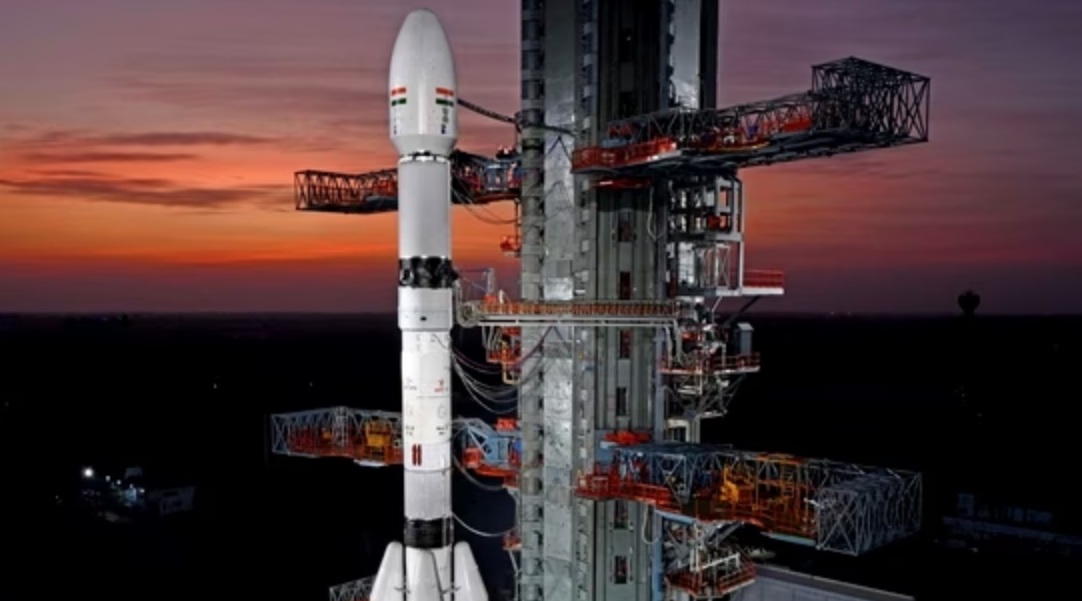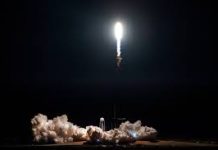Photo of the day: amazing planetary nebula in the constellation Cygnus
The US National Aeronautics and Space Administration (NASA) has released a mesmerizing new image transmitted to Earth from the Hubble Space Telescope.

The image shows a planetary nebula in the constellation Cygnus, located approximately 5,000 light-years away. The object has a very bizarre shape.
Planetary nebulae have nothing to do with planets. Such structures are formed during the ejection of the outer layers of red giants and supergiants with a mass of 0.8–8 solar masses at the final stage of their evolution. As a result, a white dwarf is formed.
The amazing planetary nebula in the constellation Cygnus
Abell 78, as the researchers believe, is unusual in that the so-called born-again star is involved in its formation. Thermonuclear activity on the surface of the star leads to the ejection of matter at high speed. The consequence of these processes is a change in the structure of the planetary nebula.
We add that the image combines data from the Wide Field Camera 3 on board the Hubble and the Pan-STARRS (Panoramic Survey Telescope and Rapid Response System) ground-based telescope system.




